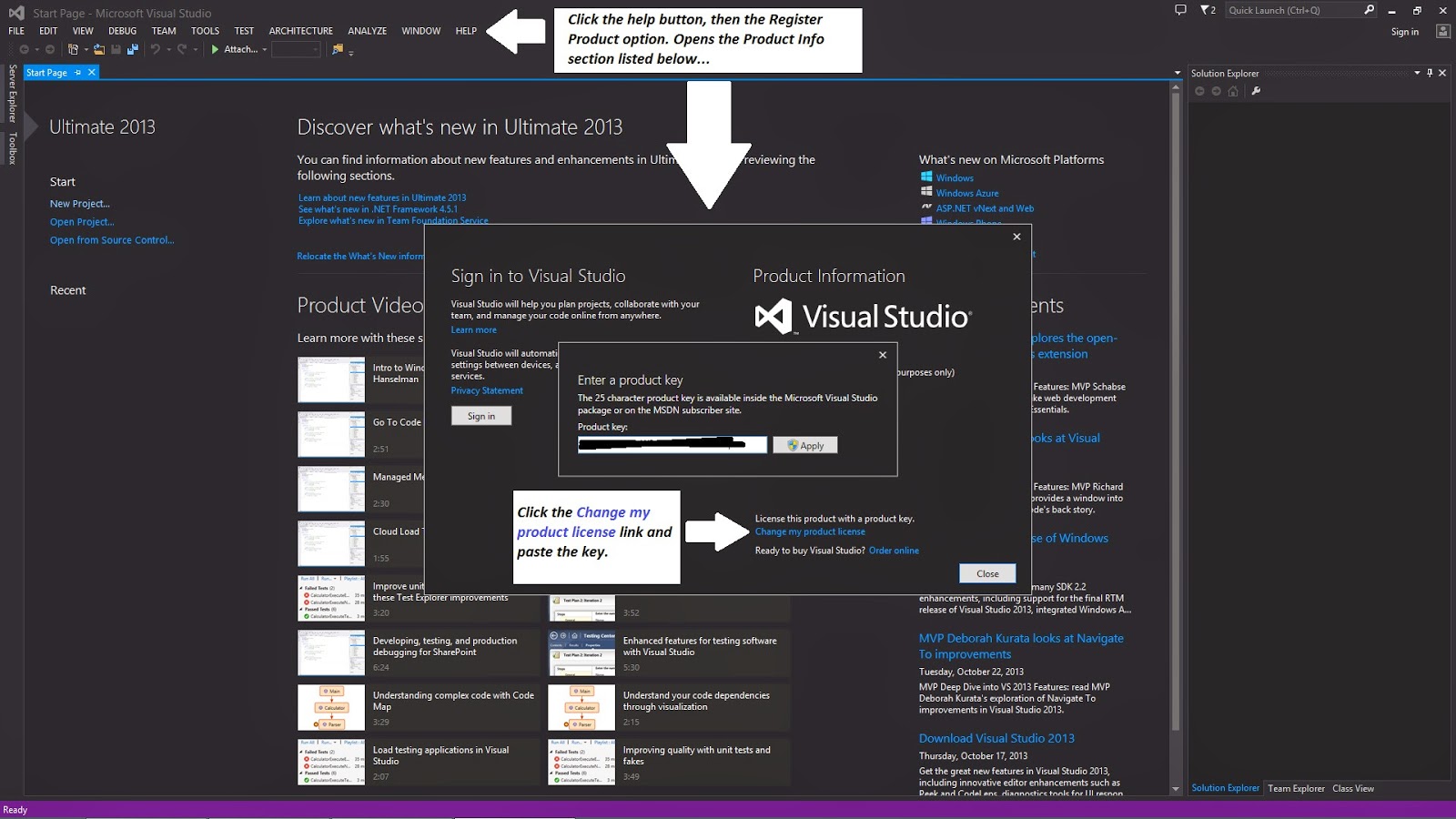

- MICROSOFT VISUAL STUDIO 2005 VS 2008 HOW TO
- MICROSOFT VISUAL STUDIO 2005 VS 2008 INSTALL
- MICROSOFT VISUAL STUDIO 2005 VS 2008 UPGRADE
- MICROSOFT VISUAL STUDIO 2005 VS 2008 CODE
At the header of your solution file (.sln) you'll have the following: Rolling back the solution couldn't be easier. If you have a desktop project you might have a 3.5 for some of the framework assemblies, if rolling back, these can be deleted. You can get rid of the Import element which specifies CF 3.5. Change the TargetFrameworkVersion element to 2.0. Simply open up the project and change the ToolsVersion attribute to 2.0.
MICROSOFT VISUAL STUDIO 2005 VS 2008 HOW TO
If you don't a source control system or just curious how to do it, it is dead easy. Luckily it isn't too difficult rolling back your projects (although you should use some kind of source control system to roll back to). Doing this enables our application to self-install on cold-boots or power failures. We still have CF 1.0 projects or project which is used for an autorun app which gets shipped on a memory card on PPC 2003 SE and later because CF 1.0 is installed in ROM from PPC 2003 SE.
MICROSOFT VISUAL STUDIO 2005 VS 2008 UPGRADE
Word is Microsoft Word XX.X Object Library (v 12.0 is 2007, 11.You might ask, why would I want to roll back my VS 2008 projects to VS 2005? Well if like me you were hasty in upgrading your solution and didn't relise or forgot that CF 1.0 projects are not supported under VS 2008 and upgrading will upgrade CF 1.0 to CF 2.0, then you have every reason to do so. If you’re just looking for interoperability with Office, that’s simply the matter of installing the version of Office you need on your dev machine, and then including the COM reference in your project. I’m suspicious though that this lack is something that a work around, like the above one, could fix.
MICROSOFT VISUAL STUDIO 2005 VS 2008 INSTALL
These are those tools that you install into the various products of Office. NET 2.0 Framework, and as such you can find it somewhere like: C:\WINDOWS\Microsoft.NET\Framework\v2.0.Īnother thing I’ve noticed missing is the ability to create Office Add-Ins. You then install via your framework’s InstallUtil.exe (again see the Microsoft link). Then you can simply follow Microsoft’s instructions to add an installer.
MICROSOFT VISUAL STUDIO 2005 VS 2008 CODE
Personally, I find the best approach is to create a Service.cs file and load the code from the Code Project site. Microsoft have their own article – though it’s in VB.NET (ewww). This CodePoint article provides a good insight.

You can still create an Empty Project in VS2008 Standard, include the System reference and the System.ServiceProcess reference and then add the classes from there. However, if you know the startup code, you don’t need the Template. The feature that is missing from Visual Studio is the startup Project Template. If you think about it, Services are useful little tools, especially when you have your own server to work with, and you need something running all the time, managing data requests – like a process queuing service for example. But checkout the link they have on VS version comparisons and show me where it mentions no Windows Services. This is the MSDN article explaining the lack of the feature. One thing that frustrates me however, was that nowhere on the site, did they mention that the creation of Windows Services was a Professional-only inclusion. Even the Server Explorer is there, regardless of what Microsoft’s product comparison says. Ok, well I’ve blogged about the virtues of VS2008 Standard before.Įssentially, I find the Standard version very satisfactory for everyday coding.


 0 kommentar(er)
0 kommentar(er)
